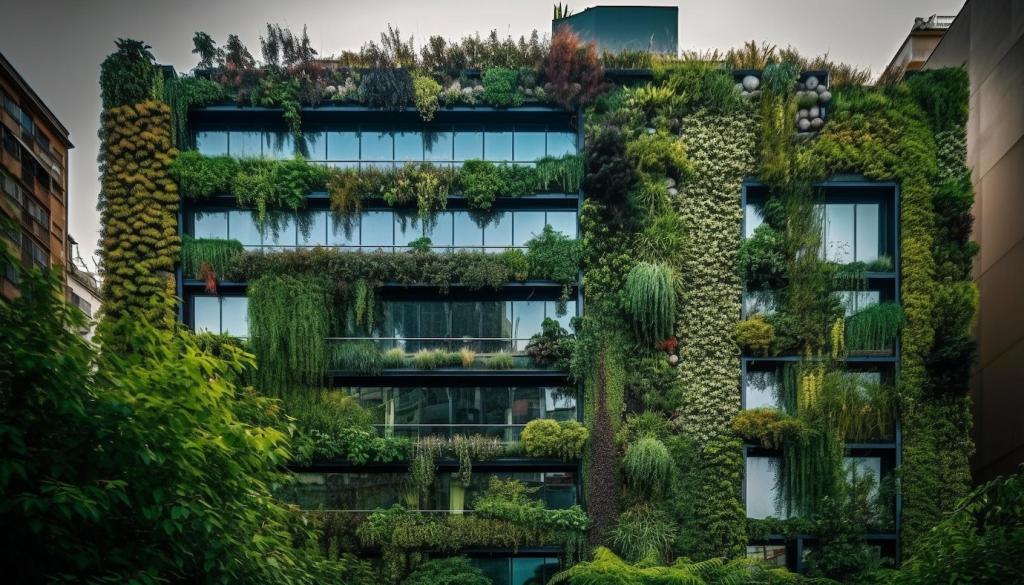This website uses cookies so that we can provide you with the best user experience possible. Cookie information is stored in your browser and performs functions such as recognising you when you return to our website and helping our team to understand which sections of the website you find most interesting and useful.
Emerging Technologies in Green Building Design
Emerging technologies in green building design are revolutionizing the construction industry by integrating innovative solutions that promote sustainability, energy efficiency, and environmental responsibility. These advancements not only reduce the carbon footprint of buildings but also enhance occupant comfort and operational performance. By leveraging cutting-edge materials, smart systems, and renewable energy integration, architects and engineers are crafting smarter, greener spaces that respond dynamically to environmental challenges and resource constraints. This transformation is paving the way for future-proof buildings that align with global climate goals and urban resilience strategies, pushing the boundaries of sustainable architecture.
Smart Building Systems and IoT Integration
Renewable Energy Integration in Buildings
Innovative Sustainable Building Materials


